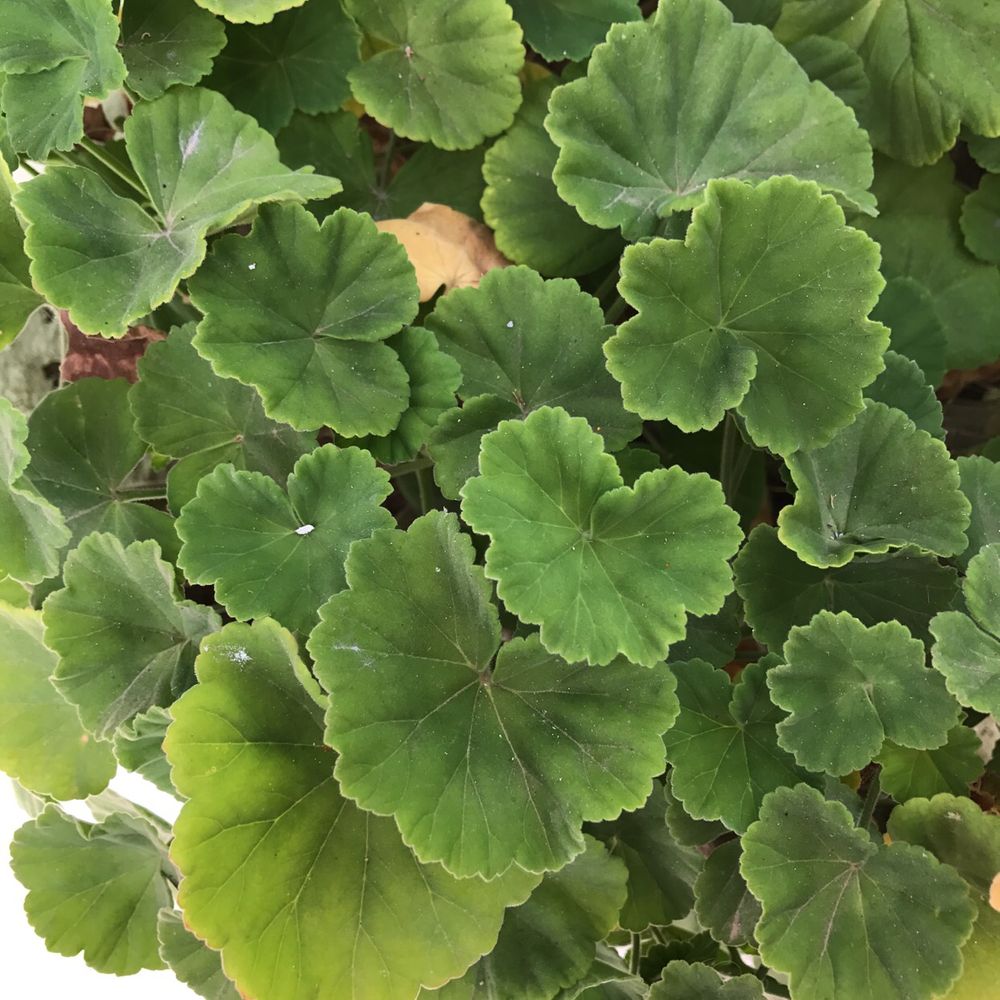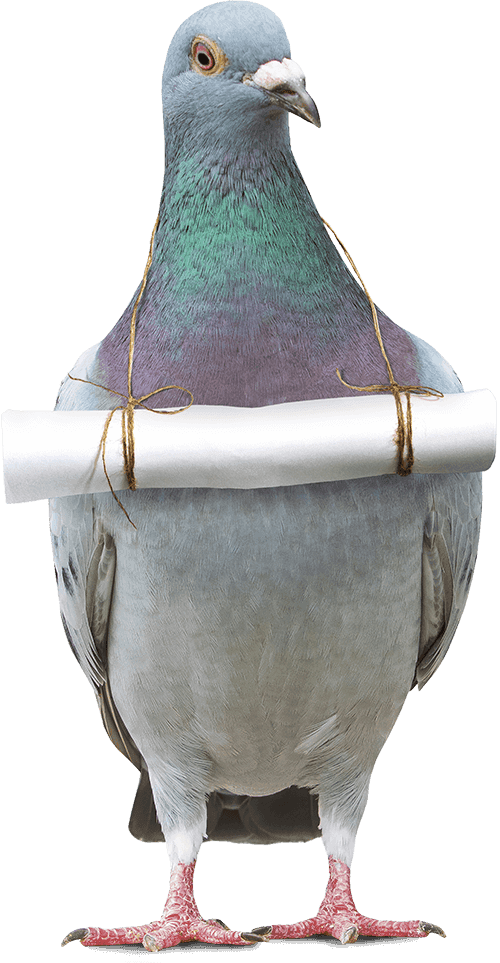Zonal geranium
(Pelargonium zonale)

Description
Pelargonium zonale, commonly known as the zonal pelargonium or geranium, is a species of flowering plant in the family Geraniaceae. It is native to South Africa but is widely cultivated as an ornamental plant worldwide, especially in temperate regions. This plant is popular for its showy, brightly colored flowers and easy-to-grow nature. Description Pelargonium zonale is a herbaceous perennial plant that grows up to 1 meter tall. The leaves are palmately lobed, meaning they have several lobes radiating from a central point, and have a distinct zonal band of darker color around the edges. The flowers are produced in clusters at the end of long stalks, and come in a range of colors including red, pink, white, and purple. The flowers are usually double, meaning they have extra petals that give them a fuller, more rounded appearance. Habitat and Distribution Pelargonium zonale is native to South Africa, where it grows in a range of habitats including rocky hillsides and open grasslands. It has also been introduced and naturalized in many parts of the world, including Europe, North America, and Australia. In its natural habitat, Pelargonium zonale is found in areas with Mediterranean-type climates, characterized by hot, dry summers and cool, wet winters. It is adapted to these conditions and can withstand drought and periods of high heat. In cultivation, Pelargonium zonale is grown as an ornamental plant in a range of environments, including gardens, greenhouses, and indoor spaces. It is a popular plant for bedding displays and container gardening, and is valued for its colorful and long-lasting flowers. Cultivars of Pelargonium zonale have been developed to suit a range of growing conditions, including hot and humid environments, as well as cooler temperate regions. Cultivation Pelargonium zonale is a popular plant for cultivation and is widely grown as an ornamental plant in gardens, containers, and hanging baskets. It is relatively easy to care for and can tolerate a range of growing conditions. Here are some tips for cultivating Pelargonium zonale: Soil: Pelargonium zonale prefers well-draining soil that is rich in organic matter. A soil pH between 6.0 and 7.0 is ideal. If you are growing the plant in a container, use a high-quality potting mix that is specifically formulated for flowering plants. Light: Pelargonium zonale requires full sun to thrive and produce flowers. It can tolerate some shade, but too much shade can result in poor growth and reduced flowering. Watering: Pelargonium zonale requires regular watering, especially during hot weather. Water the plant when the top inch of soil feels dry to the touch. It is important not to overwater, as this can cause root rot. Fertilization: Pelargonium zonale benefits from regular feeding with a balanced fertilizer during the growing season. Use a fertilizer with equal amounts of nitrogen, phosphorus, and potassium, and apply according to the manufacturer's instructions. Pruning: Pelargonium zonale benefits from regular pruning to promote bushy growth and to remove spent flowers. Pinch off the tips of the plant's stems to encourage branching and remove any dead or damaged leaves and flowers. Propagation: Pelargonium zonale is easy to propagate from stem cuttings taken in spring or summer. Cut a stem that is 4-6 inches long, remove the lower leaves, and place the cutting in a pot of moist soil. Keep the soil moist and the cutting in a bright, warm location until it roots and begins to produce new growth. With proper care, Pelargonium zonale can be a long-lived and rewarding addition to any garden or indoor space. Uses Pelargonium zonale has several uses, including: Ornamental: Pelargonium zonale is primarily grown for its ornamental value. It is a popular plant for gardens, containers, and hanging baskets due to its colorful and long-lasting flowers. There are many cultivars available with a range of flower colors and forms. Medicinal: Pelargonium zonale has been used in traditional medicine for its astringent and antiseptic properties. It has been used to treat skin irritations, minor wounds, and respiratory infections. However, it is important to note that scientific evidence for these uses is limited and further research is needed. Culinary: Pelargonium zonale is sometimes used as a culinary herb, particularly in South African cuisine. The leaves have a citrusy, slightly spicy flavor and are used to flavor soups, stews, and other dishes. Fragrance: Pelargonium zonale has a pleasant, citrusy scent that is sometimes used in perfumes and aromatherapy. Insect repellent: Pelargonium zonale is sometimes used as a natural insect repellent. The plant contains compounds that are toxic to certain insects, including mosquitoes and ticks. Overall, Pelargonium zonale is a versatile plant with a range of uses and benefits. Care Pelargonium zonale is relatively easy to care for, but there are a few things to keep in mind. It needs regular watering, especially during hot weather, but it is important not to overwater as this can cause root rot. It also benefits from regular feeding with a balanced fertilizer during the growing season. Deadheading, or removing spent flowers, will encourage the plant to produce more blooms. In colder regions, the plant can be brought indoors for the winter and treated as a houseplant. Pests and Diseases Pelargonium zonale can be susceptible to a few pests and diseases. Aphids and spider mites can be a problem, especially when the plant is grown indoors. Powdery mildew, a fungal disease, can also occur in humid conditions. Regular inspection and treatment with appropriate pesticides or fungicides can help prevent these issues. Conservation Status The conservation status of Pelargonium zonale is currently listed as Least Concern (LC) by the International Union for Conservation of Nature (IUCN). This means that the species is not currently facing any significant threats to its survival in the wild, and its populations are stable. While Pelargonium zonale is native to South Africa, it is widely cultivated and naturalized in many parts of the world, and is not considered to be at risk of extinction. However, like many plant species, it may be affected by habitat loss, climate change, and other environmental factors. Conservation efforts may be needed to protect the species and its habitat in certain areas. In cultivation, Pelargonium zonale is widely grown and commercially available, with many cultivars and hybrids developed for ornamental purposes. This also helps to ensure its continued survival outside of its native range. Conclusion Pelargonium zonale is a popular ornamental plant that is valued for its showy flowers and easy-to-grow nature. It is a versatile plant that can be grown in a variety of conditions and is well-suited to containers and hanging baskets. With proper care, it can be a long-lived and rewarding addition to any garden or indoor space.
Taxonomic tree:







